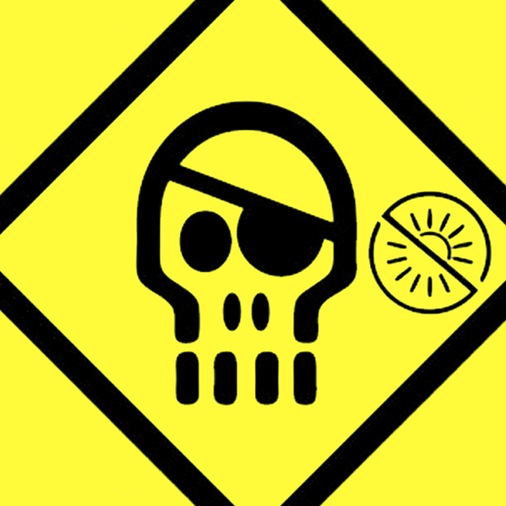I have a DS220+ with 2 identical drives, configured as RAID, so just one volume. Everything was working great, but to access the new object-recognition in photos, I added RAM, which caused some corruption and now the volume is read-only and won’t repair itself (even after removing the RAM). So now I’m preparing to do an external backup and rebuild the NAS. But now I’m wondering: If volume issues are more likely than drive issues, should I forget about RAID, create one volume on each drive, and use the second volume as a local backup? Or is RAID still the best first line of defence? (Or is there a way I can do both with two drives?
Get another hard drive and do RAID5. Then you get striping AND parity.
Or even better, get TWO more drives and do RAID10.
I’ve got 8 SAS drives in a RAID10 and it’s lovely.
RAID10 does not offer more ‘protection’ than RAID1 as it is just half of the disks of an even number of disks bun hed up as one and mirrored onto the other half. the capacuty of a 2 disk 4TB RAID1 is the same as a 4 disk 2TB RAID10. using 8 disk of 8TB in a RAID10 would give a usa le capacity of 32TB, using RAID5 it would be 56TB(!), even RAID6 would have more capacity (48TB) and you could lose up to two disks at a time. here is a calculator for thisi just saw you other response where you basically explained the same. sorry!
RAID is something I haven’t learned yet but really should.
My server has 4 4TB hard drives. Sounds like I could do RAID10 and only have 4TB of storage. Or RAID5 and 8TB?
Right now I have no raid. 1/4 of my hard drives has about 700GB of data and is movie and shows. 2/4 hard drive has 91GB and is photos and cloud data. 3/4 is blank and 4/4 is borg backups from my desktop and server and second hard drive currently at 120GB. My media drive has no backups right now and is not really being used.
It sounds like I could put all of my data on hard drive 1 which will only be about 1TB and then have RAID so that data is secure.
I would like having 8TB storage with raid 5. But maybe raid 10 is smarter and if I want more storage I’ll have to get more drives.
Iirc your storage is halved with raid 10, not quatered.
The only real advantage of RAID1 is that in some cases you get 2x the read performance. But doing snapshots where you get backups that include changes is more powerful than RAID or a volume copy.
another advantage is not needing to restore from backup when one drive fails. RAID5 oder 6 would be better but does need more than two drives, so with only two RAID1, snapshots and backup of those snapshots is best (0.02€)
You should get/use one external drive for backups that you store separately (can be your 2nd or a new one). Having two separate internal drives for backup is not safe, as the system can damage data on both at the same time (e.g. malware/encryption, data corruption etc.).
RAID is for availability/uptime. I like to compare it to a shop system at the checkout. You can’t have shop payments halted if one drive fails, so you have a RAID. It allows you to repair/replace while the system keeps running and your business keeps operating. In a large business, every hour of downtime can cost you hundreds of thousand of currency, so RAID gets even more sophisticated. Downtime is not an option.
At home this is up to you. RAID can save you some hassle and grant performance, but likely costs you more money than it saves you. Backup is key, so have at least one separately stored copy and depending on the importance of your data, also have an off-site backup.



